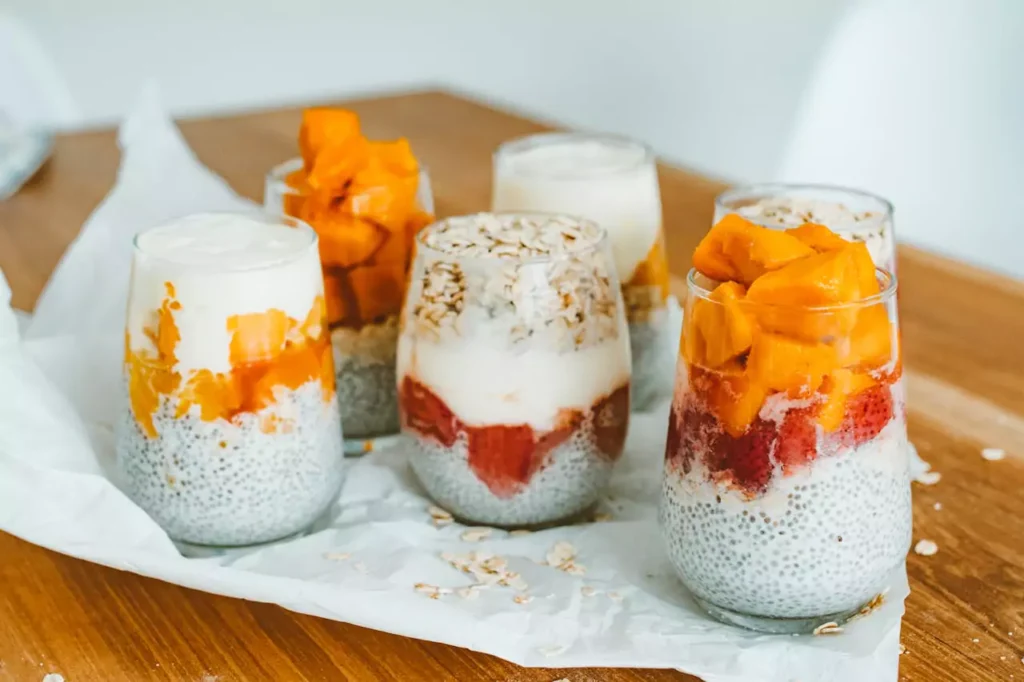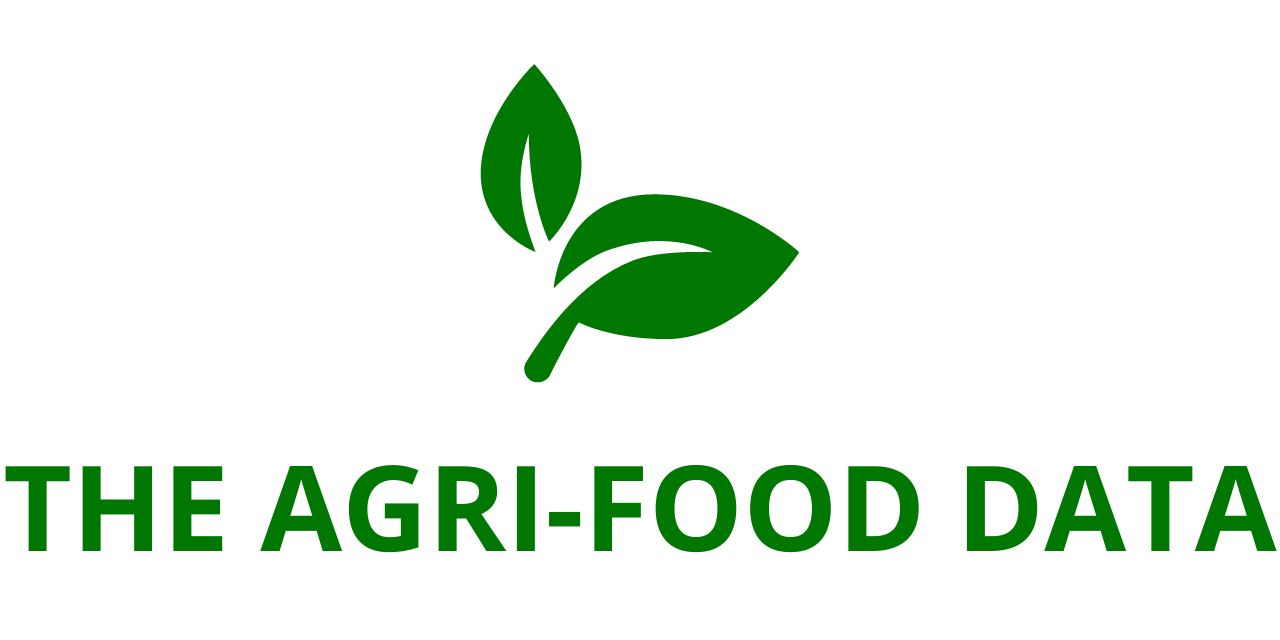
ResearchAndMarkets.com has recently released its latest report titled “Dairy Blends Market – Focused Insights 2025–2030”, offering a comprehensive analysis of a sector that is evolving in response to changing consumer preferences, regulatory frameworks, and innovation trends. The report presents key insights into the global dairy blends market, which was valued at USD 2.73 billion in 2024 and is projected to grow steadily to USD 3.44 billion by 2030, registering a compound annual growth rate (CAGR) of 3.93%.
Market Overview
Dairy blends are products formed by blending concentrated or non-concentrated cream or milk with vegetable oils, or other ingredients, to improve taste, nutrition, shelf-life, and functionality. These products are increasingly being used in a wide range of applications including bakery, confectionery, dairy beverages, and processed foods, as well as in nutrition-specific products like meal replacements and sports supplements.
The competitive landscape of the global dairy blends market features over two dozen notable vendors. Prominent among them are Fonterra Co-operative Group, Arla Foods, Lactalis, Agropur, FrieslandCampina, Kerry Group, Danone, Abbott Nutrition, Nestlé, and Cargill. These companies are pursuing aggressive strategies centered around innovation, geographic expansion, and sustainability to solidify and expand their market presence.
Vendor Activities and Strategic Developments
Key industry players are actively involved in product development and business restructuring to meet the demands of a rapidly evolving marketplace.
- Kerry Dairy unveiled a new oat-dairy blended product line in March 2024. This innovation combines the nutritional benefits of both oats and dairy, aiming to appeal to health-conscious consumers looking for plant-based options without sacrificing the traditional dairy experience. These products align with the growing demand for sustainable and inclusive food options that reflect both environmental and dietary considerations.
- Fonterra Co-operative Group Ltd., in February 2024, announced plans to consolidate its Australian and New Zealand operations, integrating Fonterra Australia and Fonterra Brands New Zealand. This strategic move is expected to enhance the company’s operational efficiency and bolster its competitive edge in the Oceania market.
Key Market Segments
By Product Type
The market is segmented into powder, liquid, and others. In 2024, powdered dairy blends held the dominant share of the global market. These products are favored for their extended shelf life, ease of transport, and versatility in application. Dehydrated dairy blends reduce transportation costs and provide consistent product availability, especially in regions with fluctuating milk supplies. They are widely used in infant nutrition, baking, and processed foods.
By Application
The food & beverage sector leads the application segment with the highest projected growth rate of 4.11% CAGR during the forecast period. Dairy blends are integral to the formulation of products such as powdered milk, cheese powders, creamers, and dairy-based sauces. They are especially valued in the baking and beverage industries for their functionality and cost-effectiveness. Moreover, the flexibility to tailor these blends to specific dietary needs—such as low-fat, lactose-free, or high-protein variants—broadens their appeal across various demographics.

Regional Insights
The Asia-Pacific (APAC) region dominates the global dairy blends market and is expected to maintain this lead through 2030. Several factors drive this trend, including increasing disposable incomes, rapid urbanization, and changing dietary habits in countries like China, India, and Japan.
- China and India represent the largest markets within the region. China’s advanced dairy processing capabilities and India’s robust dairy cooperative infrastructure provide a solid foundation for market expansion.
- The demand for fortified, convenient, and cost-effective dairy products is rising, especially among the middle-class population and health-conscious consumers in these countries.
Market Trends
Flavor Innovation and Customization
The industry is witnessing a wave of flavor innovation. Manufacturers are introducing new and diverse flavors, including fruit-infused varieties (e.g., strawberry, mango), dessert-inspired options (e.g., chocolate, caramel), and even botanical flavors (e.g., matcha, lavender). These additions cater to consumer demand for novelty and natural ingredients. Companies like Nestlé and Danone are using natural extracts and clean-label ingredients to develop personalized dairy blends, especially in yogurt, bakery, and ready-to-drink beverage segments.
Diversification into New Applications
Dairy blends are branching out into unconventional sectors like plant-based meat alternatives, functional nutrition products, and even pet food. Their ability to enhance flavor, texture, and nutritional value makes them suitable for numerous applications. There is growing interest in protein-enriched blends for sports nutrition, meal replacements, and savory snacks. Companies like FrieslandCampina and Kerry Group are leading the charge by investing in R&D to formulate dairy blends for a broader range of uses.
Growth Drivers
Expansion of the Global Food Industry
The rapid growth of the global food processing sector is a major catalyst for the dairy blends market. Foodservice chains, particularly fast-food giants like McDonald’s and Burger King, use dairy blends extensively in their product lines. Moreover, the rising trend of convenience foods in Western and emerging economies has boosted the demand for longer-lasting and more functional dairy ingredients. Dairy blends serve as cost-effective substitutes for whole milk or cream without compromising nutritional quality or flavor.
Increasing Health Awareness
Consumer preferences are shifting toward healthier dietary options, boosting demand for nutrient-rich dairy blends. Products enriched with calcium, protein, vitamins, and probiotics are gaining popularity among health-focused individuals. Brands such as Fairlife and Yoplait are rolling out fortified blends to support digestive health and immune function. The fitness industry is also driving up the consumption of high-protein dairy drinks, which are being adopted by athletes and gym-goers alike.
Challenges and Restraints
Despite strong growth potential, the dairy blends market faces significant regulatory hurdles. Governments and food safety authorities, such as the U.S. FDA and the European Food Safety Authority (EFSA), impose strict standards regarding ingredient composition, labeling, and manufacturing practices. Regulations such as GMPs and HACCP protocols demand rigorous quality control and can increase production costs. International standards set by the Codex Alimentarius further restrict the use of certain additives, requiring companies to reformulate their products to ensure compliance.





